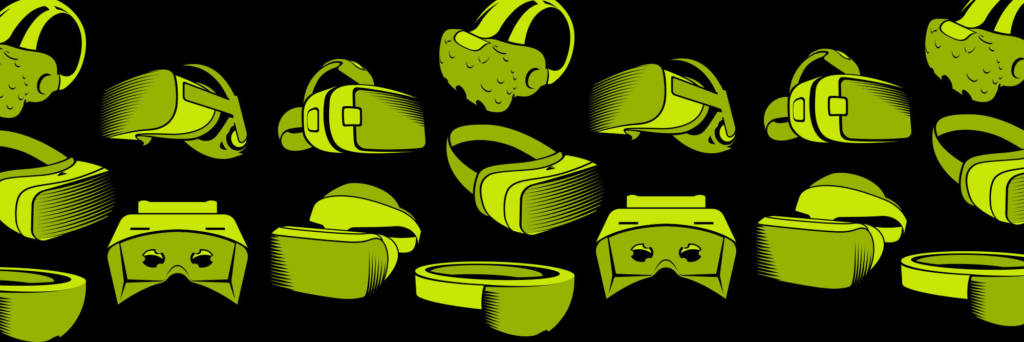The augmented and virtual reality market is growing—and with it, possibilities across a multitude of industries from video games to car manufacturers to fashion. In this virtual reality infographic, we take a look at the who’s who of the growing market.
Attracting New Audiences
A February report by Forrester Research concludes that “critical-mass consumer adoption of high-end VR headsets is five years away, but 360-degree videos will flourish on low-to-mid-end VR devices in the meantime.”
While 360-degree video isn’t technically virtual reality, it is an accessible gateway into the technology. In addition to their VR efforts, brands like The New York Times and Discovery Communications produce content that allows users to explore real-world environments for news and education.
Video is another way consumers are trying VR, and Netflix VR is the most widely used app among consumers, according to Magid. The analytics firm found that VR purchase intent has plateaued, and developers are looking for new ways to attract consumer interest.
Rikard Steiber, president of Viveport at HTC Vive knows these challenges first-hand.
“VR clearly has a marketing problem because it’s a very experiential medium,” Steiber told AListDaily. “It’s like The Matrix with Neo and Morpheus—you have to take the pill and run down the rabbit hole to experience the matrix. You cannot explain the Matrix. That’s why it’s so important for us to make VR accessible to everyone in places like retail stores and VRcades so that anyone can try it and understand its potential.”
Despite these hurdles, analysts see growth in the virtual reality market. Juniper Research predicts that hardware revenues from VR headsets, peripherals and 360-degree cameras will reach over $50 billion by 2021, up tenfold from an estimated $5 billion in sales last year.
Many Apps, Many Uses
According to a study from Ericsson ConsumerLab, shopping was the top reason worldwide smartphone users were interested in VR, with “seeing items in real size and form when shopping online” cited by 64 percent of respondents. Ikea created its own VR app that allows consumers to explore a virtual kitchen and even shrink themselves to see what it looks like from a child’s point of view.
Branded VR experiences are inviting consumers to step inside the worlds of film and TV, food, fashion and even alcoholic beverages.
The video game industry, backed by software giants like Unity and Unreal, are helping pave the way for VR adoption through interactive entertainment. SuperData Research predicts that the total market for virtual, augmented and mixed reality gaming will reach $8.8 billion globally by 2020. The non-gaming market for this technology is estimated to far exceed that of gaming by the tune of $31 billion.
According to the 2017 Nielsen Esports Playbook, just five percent of esports fans own a VR device, citing price point as a barrier to entry.
“Views about how virtual reality can and will be integrated into esports remain divided,” Nielsen Esports says in the report, “and the notion that VR is at a tipping point is underlined by the fact that 69 percent of esports fans across [the US, UK, France and Germany], when asked how likely they are to own a virtual reality device in the next 12 months, are undecided (probably will, might or might not, probably will not).”
